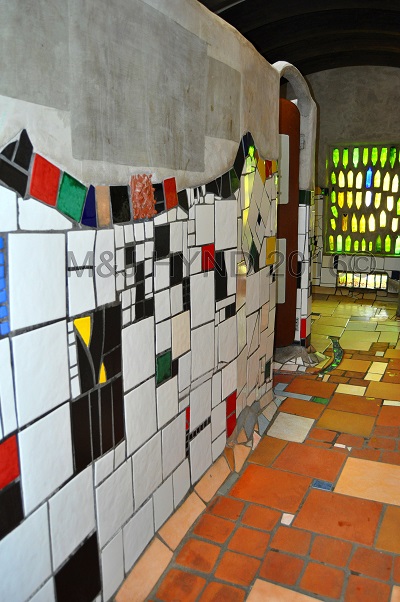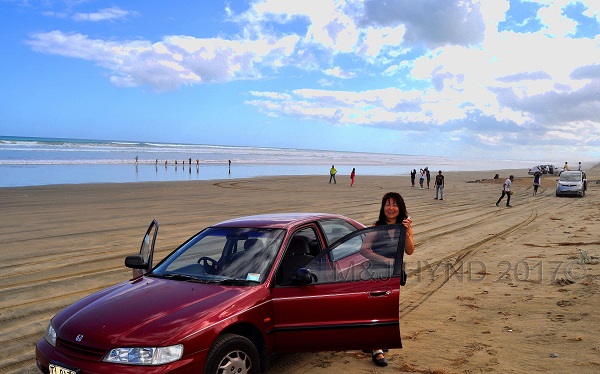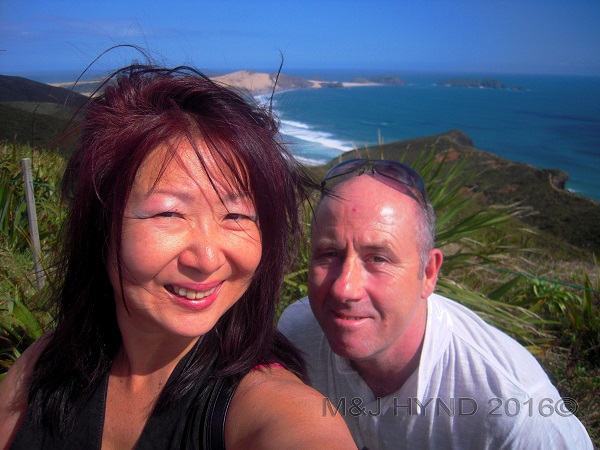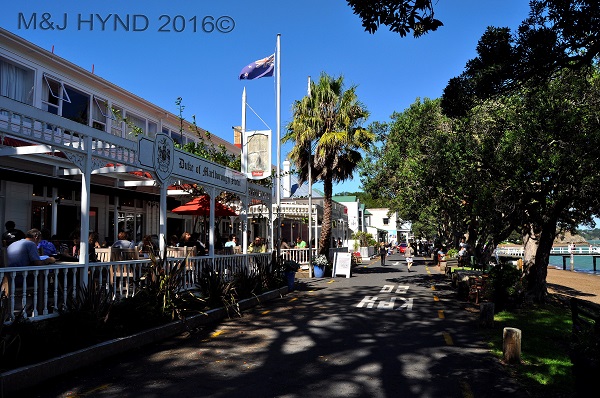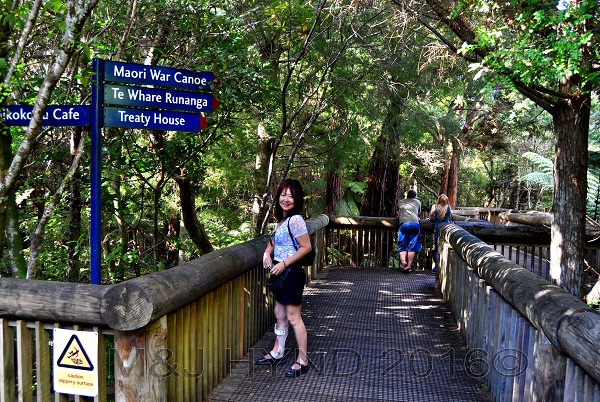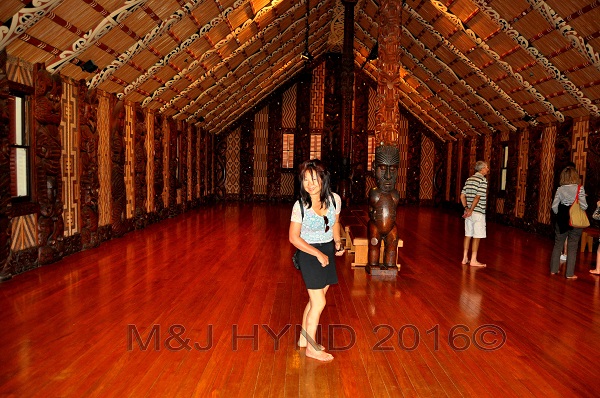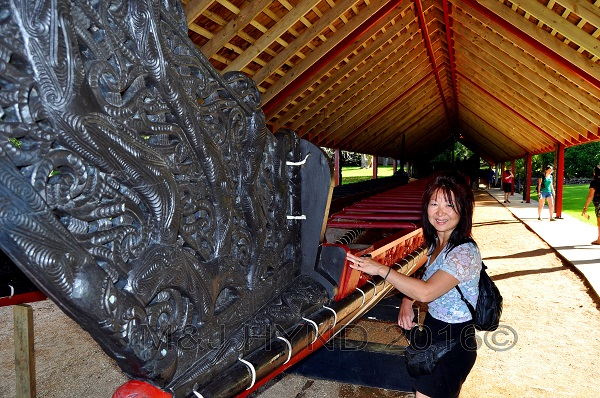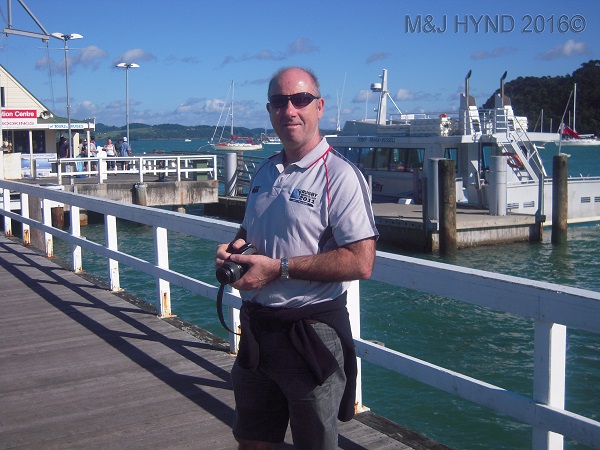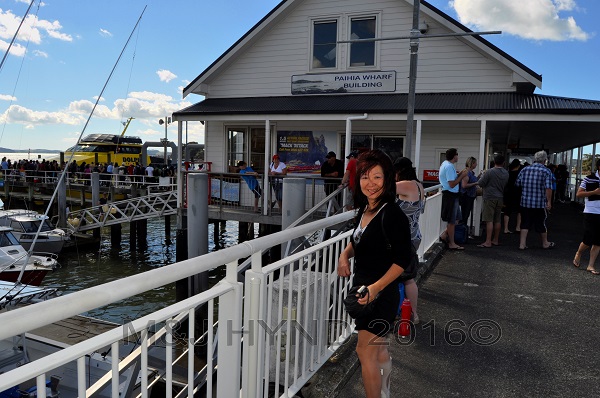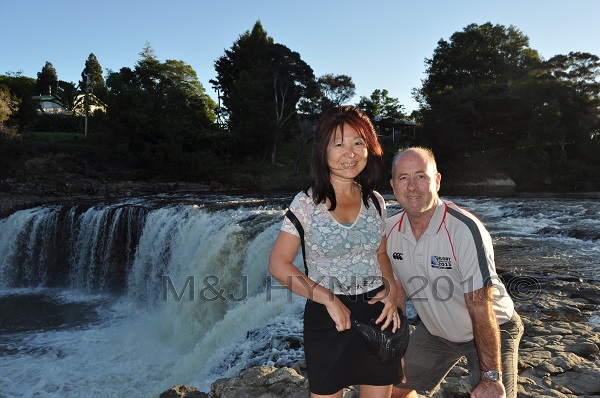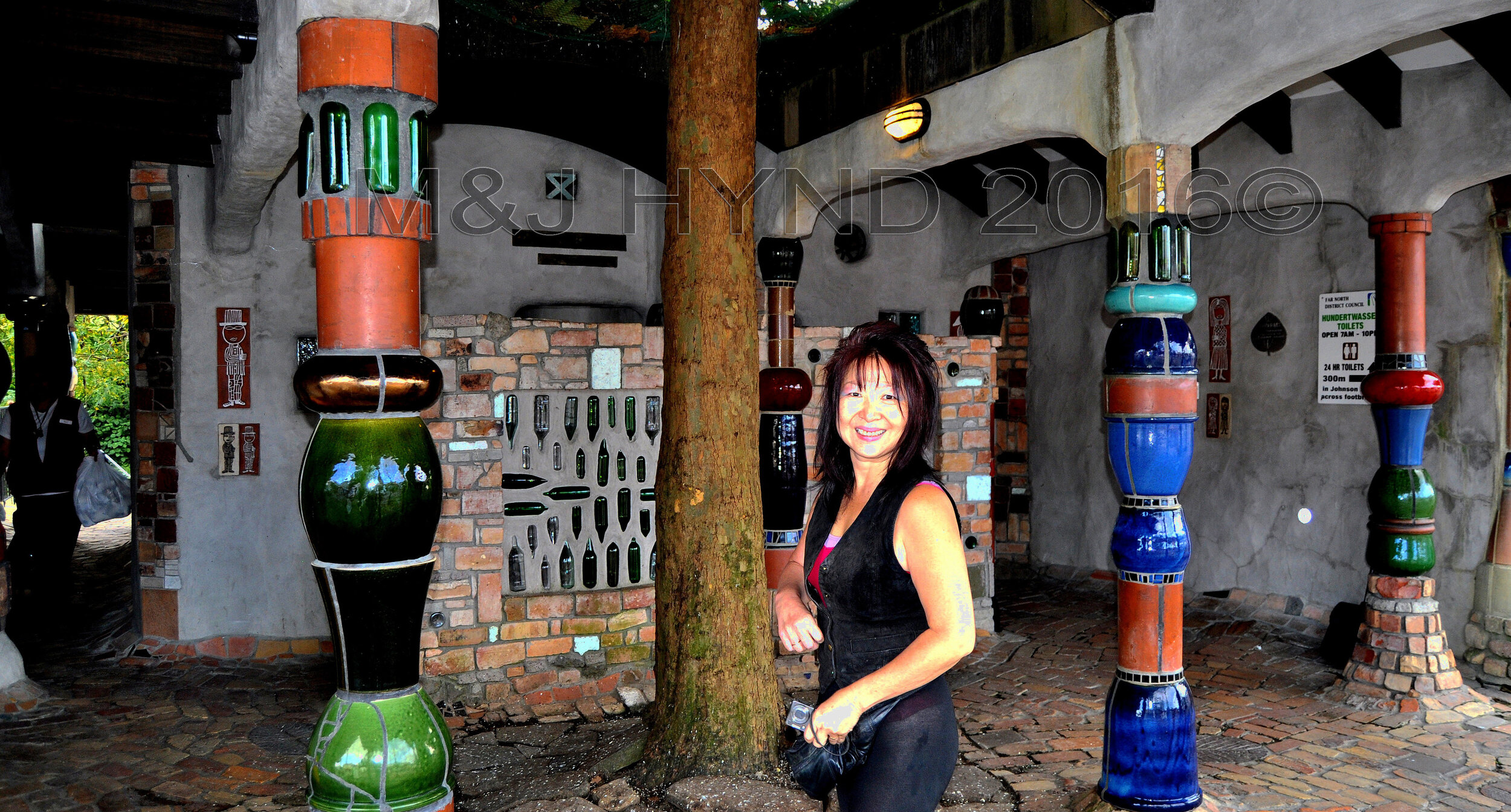Northland, New Zealand
Paihia, Bay of Islands, it's been a long time since my last time there. At University, with a group of first-year students, we were invited along to sample the Bay Of Islands hospitality.
I'd had a dim, recollection of fast, speeding boats, visiting the Hole the Rock, and majestic Grand Cathedral Caves, not feeling very well, as it was raining, with a slight chop when on the boat. We also visited Waitiangi, during our time there.
So very many years later it's time for a re-visit. Back to the future (i.e. now), we set off, bright and early. The challenge with most large cities, is the need to get ahead of the pack when exiting the city at or near the weekend otherwise its just another congested car park. As always, we passed rolling countryside teeming with cows grazing and sheep, sometimes alpacas and llamas curiously looking up when we drove past them. Uphill, down dale, we passed beautiful bays, sleepy seaside towns, talented artists in wayside galleries and sculptural trails.
Just shy of Paihia is Kawakawa. Its' previous claim to fame (NZ only) used to be the fork in the road: left you go up the island to Kaitaia, or right to Paihia. As of 1999 it took on a completely different type of fame, and this time international: its public toilet. New Zealanders do have a sense of humour.
It's called the Hundertwasser Toilets after the expatriate Austrian artist Friedensreich Hundertwasser who lived in Kawakawa from 1975 until his death in 2000. Hundertwasser, visiting New Zealand in the 1970s for an exhibition of his work, decided to make NZ his second home. Later, he transformed the town’s public toilets into a work of art. Kawakawa township has burgeoned into a "must see" mecca for Hundertwasser devotees worldwide. It is one of few toilet blocks seen as an international work of art and a tourist attraction in its own right.
It was colourful, quirky, never-a-straight-line public toilets making use of coloured glass bottles, copper accents, irregular ceramic tiles, even a live tree and grass roof; weird and wonderful. After visiting the Hunderwasser masterpiece, we browsed in The Grass Hut, an eclectic store of Hundertwasser products... he personally designed its' distinctive front verandah.
Continuing the journey, twenty minutes later we arrive at Paihia, gateway to the North. We checked into a comfortable hotel, no view from our room though it's front hotel rooms had a view of the sea at Paihia. We freshened up and we were off to find dinner and an early night. Because of my gait, everything had to be close, since I couldn't walk very far.
Refreshed the next morning, we were out for some breakfast, and soon after we boarded the ferry to visit Russell. Beautiful weather, boats and yacht in the harbour dipping and swaying in the breeze. Off the ferry, into the main square of Russell, very low key but picturesque. It's white houses very quaint and twee. Houses for rent, beach baches with a difference, jostling with cafes and restaurants, souvenirs shops, galleries.
Pompallier House sounded interesting. The Catholic brothers translated religious texts into Maori, printed and bound them into beautiful books. It is New Zealand’s only surviving pioneer printer press. And tannery, yes, they made their own leather-bound books. The original Gaveaux printing press was brought to the mission from France in the early 1840s – amazing piece of history. On the balcony outside looking out to sea, the view was amazing.
Waitangi, the carved Meeting house was something which I remembered from before – intricate, rich carvings, where the most significant treaty document was signed by the British Crown and Māori Chiefs. We followed the path down to where the Maori waka, the world’s largest ceremonial war canoe, was displayed.
Haruru Falls, the home of Haruru Falls resort, Kerikeri with fruit farms hidden behind windbreaks, we made our way to the northernest point, Cape Reinga, driving along Ninety Mile Beach. The last bastion, where the two oceans collided; where should we go next....?

